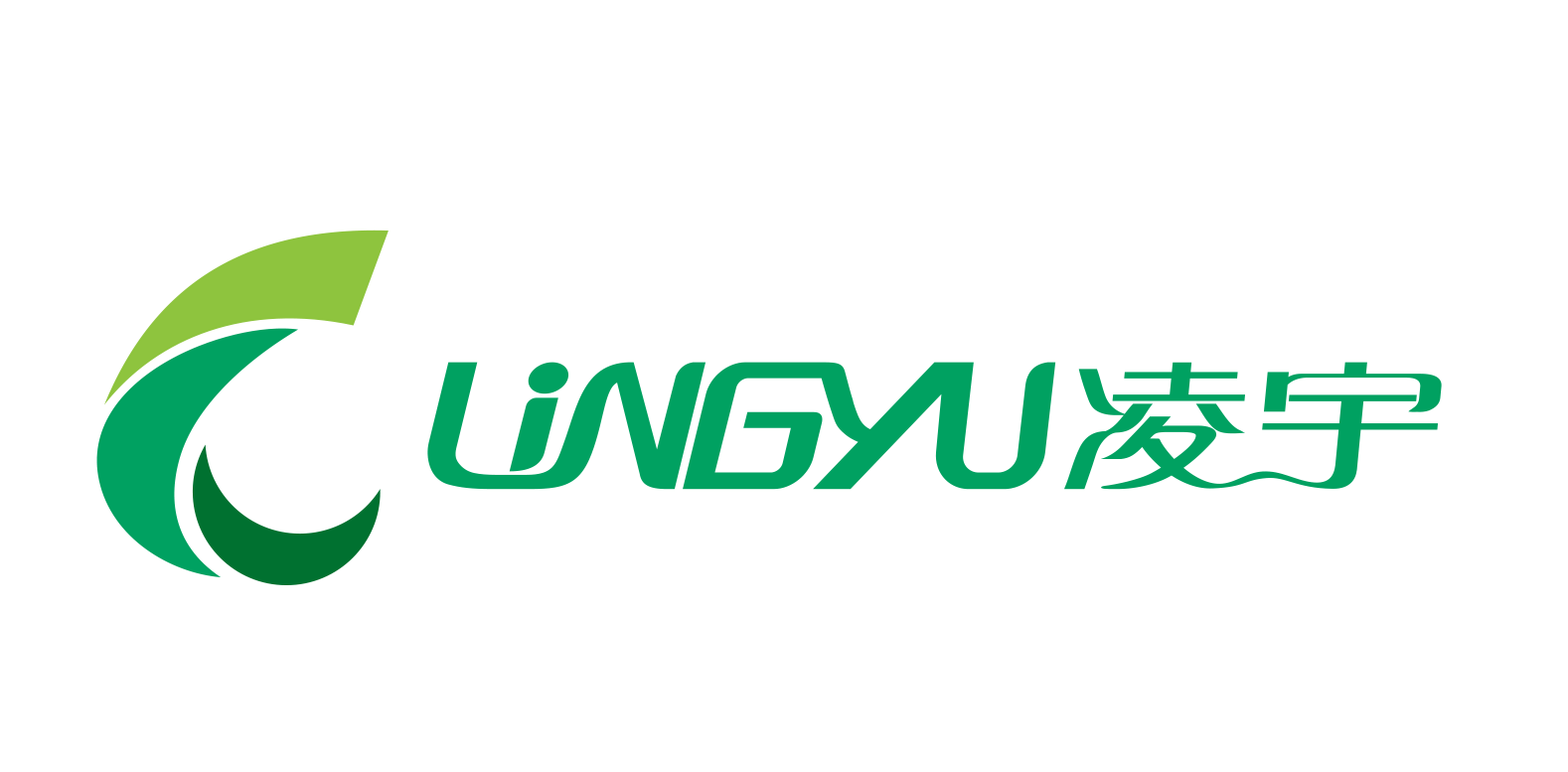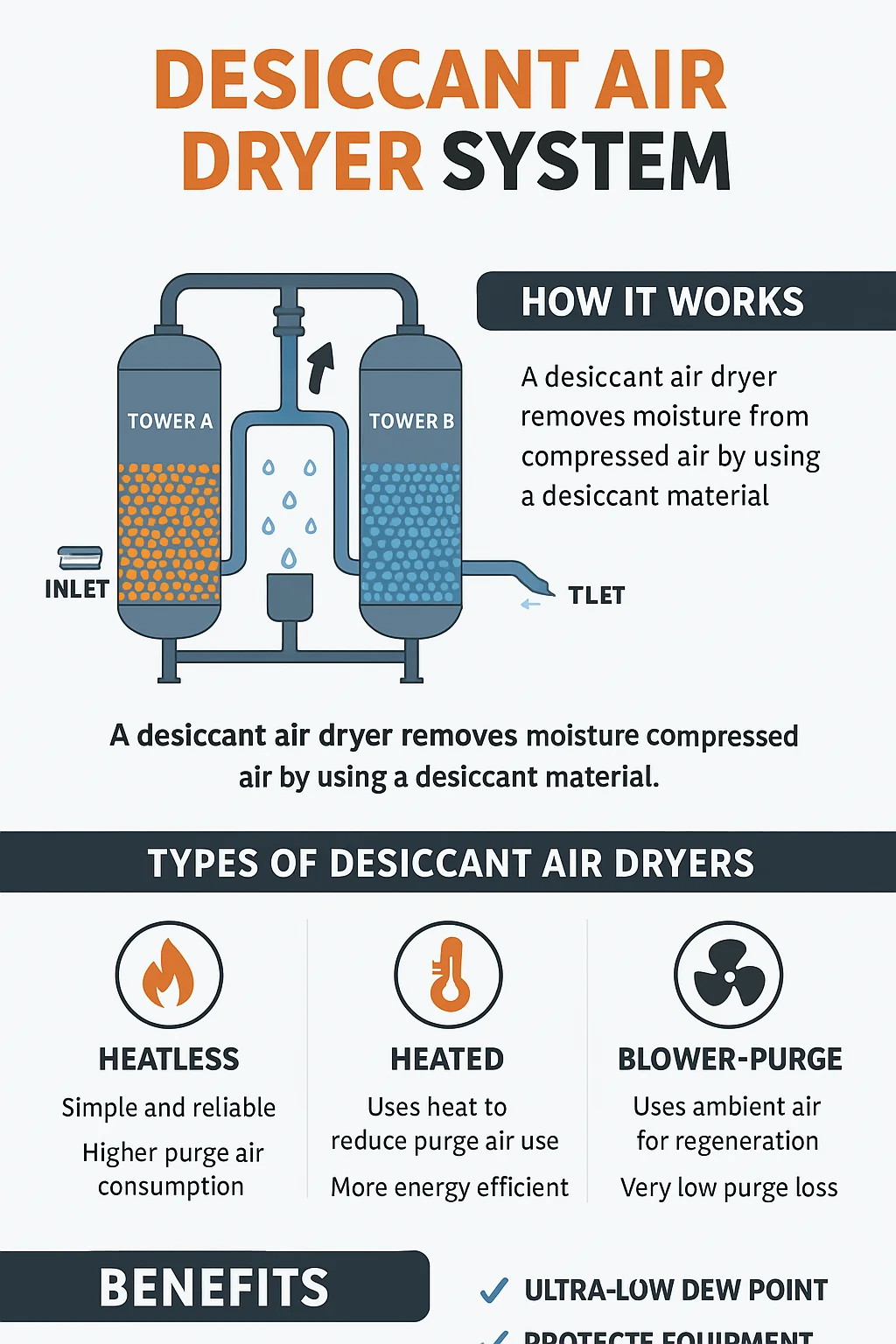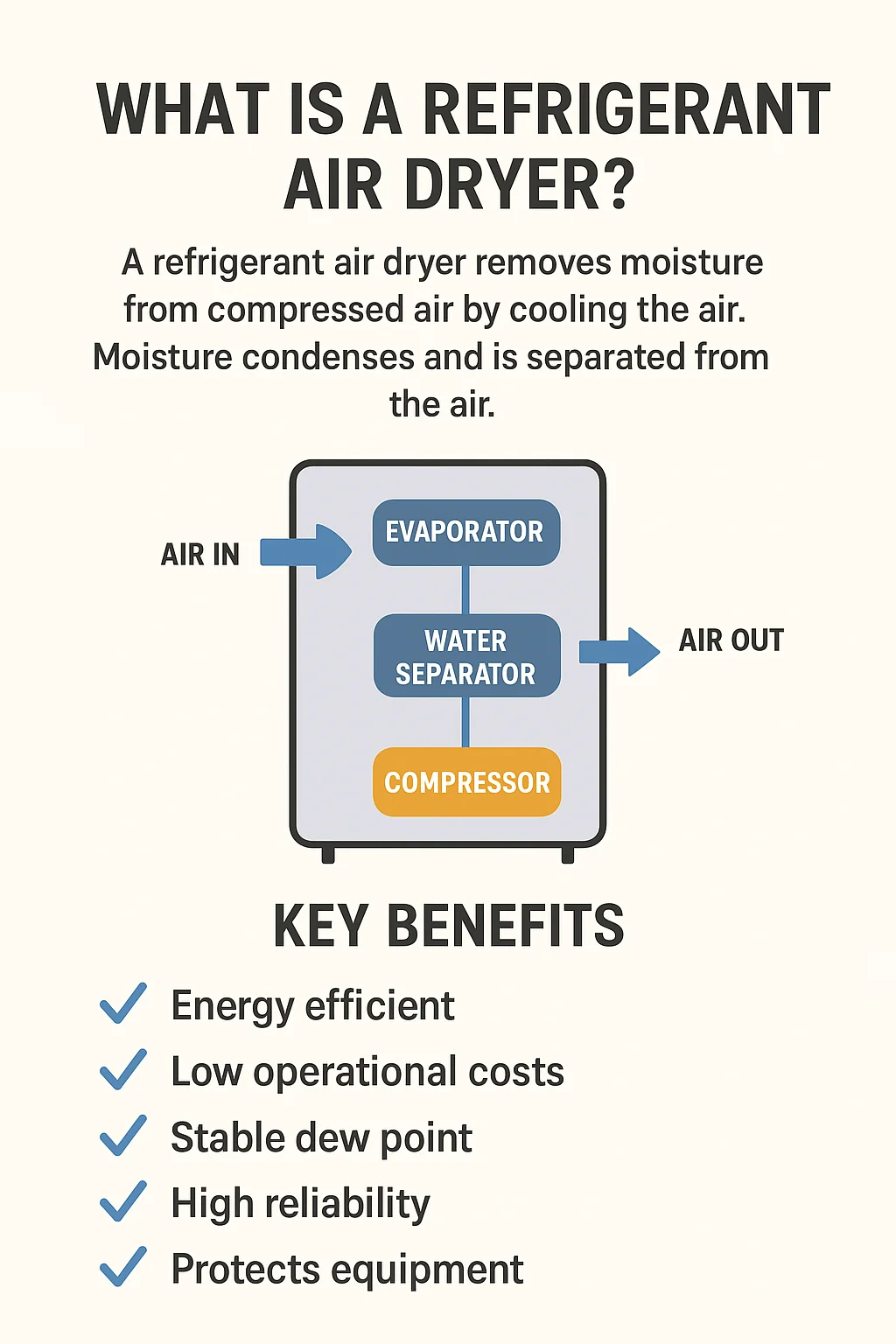In industrial settings, maintaining the quality of compressed air is essential to ensure smooth operations and equipment longevity. One of the most effective ways to achieve this is by using an air dryer desiccant type. These systems are designed to remove moisture from compressed air, providing a dry and clean environment for various industrial processes. In this guide, we will explore what air dryer desiccant types are, how they work, and why they are critical for industrial operations.
What is an Air Dryer Desiccant Type?
An air dryer desiccant type is a device used to remove moisture from compressed air by using a desiccant material. Desiccants are substances that absorb moisture and are commonly used in air dryers to prevent the accumulation of water vapor in compressed air systems. This is crucial because moisture in compressed air can lead to equipment corrosion, reduced efficiency, and even system failures.
The air dryer desiccant type works by passing compressed air through the desiccant material, which absorbs the water vapor. The desiccant then undergoes a regeneration process to release the absorbed moisture, making it ready to absorb again.
How Does an Air Dryer Desiccant Type Work?
The primary function of an air dryer desiccant type is to remove moisture from compressed air. This process is vital for ensuring that the compressed air used in various applications, such as industrial manufacturing or food processing, is free from moisture.
Key Components of an Air Dryer Desiccant Type:
Desiccant Material: This is the core element responsible for absorbing moisture. It can be made from materials such as silica gel, activated alumina, or molecular sieves.
Regeneration System: This system allows the desiccant to release the absorbed moisture, making it ready for the next cycle. Regeneration can be achieved through heat, pressure, or a combination of both.
Air Flow System: The system channels compressed air through the desiccant material for moisture removal.
Moisture Removal Process:
Moist Air Inlet: Compressed air containing moisture enters the air dryer.
Desiccant Absorption: The air flows through the desiccant material, which absorbs the moisture.
Dry Air Outlet: Once the moisture is absorbed, dry air exits the system and is ready for use.
Regeneration: Periodically, the desiccant material needs to release the absorbed moisture to maintain its efficiency. This is done through the regeneration process.
Types of Air Dryer Desiccant Systems
There are two main types of air dryer desiccant systems: heatless desiccant dryers and heated desiccant dryers.
Heatless Desiccant Dryers:
Heatless desiccant dryers use compressed air to regenerate the desiccant material. This method is energy-efficient but may require a larger footprint and longer regeneration cycles.
Heated Desiccant Dryers:
Heated desiccant dryers use an external heat source, such as electric or hot gas, to regenerate the desiccant material. While they consume more energy than heatless dryers, they are typically more compact and efficient.
Benefits of Using an Air Dryer Desiccant Type
Using an air dryer desiccant type offers several advantages, particularly in industries where high-quality compressed air is crucial. Here are the primary benefits:
1. Enhanced Equipment Life:
Moisture can cause corrosion in pneumatic equipment, leading to costly repairs or replacements. Using a desiccant air dryer ensures that your equipment remains dry, which extends its lifespan.
2. Improved System Efficiency:
Moisture can clog filters, valves, and other components, reducing system efficiency. By using an air dryer desiccant type, you can prevent these blockages and maintain optimal performance.
3. Reduced Maintenance Costs:
Desiccant air dryers help reduce the frequency of maintenance required for compressed air systems by preventing moisture buildup.
4. Energy Efficiency:
While regeneration may require energy, modern desiccant air dryers are designed to be energy-efficient, ensuring that moisture removal does not significantly increase operational costs.
5. Compliance with Industry Standards:
Certain industries, such as food and pharmaceuticals, require clean, dry air to meet regulatory standards. Using an air dryer desiccant type ensures that your operations comply with these requirements.
How to Choose the Right Air Dryer Desiccant Type
Selecting the right air dryer desiccant type is crucial for maximizing efficiency and ensuring the longevity of your equipment. Here are some factors to consider when making your choice:
1. Application Needs:
Consider the moisture level and the required air quality for your specific application. Some industries, like pharmaceuticals and electronics manufacturing, may require ultra-dry air, while others may have less stringent requirements.
2. Air Flow Rate:
Ensure that the air dryer can handle the required flow rate of your compressed air system. If the dryer is undersized, it may not effectively remove moisture, leading to performance issues.
3. Energy Consumption:
Evaluate the energy efficiency of the system. Heatless desiccant dryers are typically more energy-efficient than heated dryers, but heated dryers may be more compact and faster in operation.
4. Regeneration Method:
Decide between heatless or heated regeneration based on your energy and space requirements. Heatless dryers are simpler and more cost-effective, while heated dryers are more efficient in terms of drying speed.
Frequently Asked Questions (FAQs)
1. What is the difference between heatless and heated desiccant dryers?
Heatless desiccant dryers use compressed air for regeneration, while heated desiccant dryers use external heat sources, such as electric or hot gas, to regenerate the desiccant material.
2. How often do I need to replace the desiccant material?
The desiccant material should be replaced when it can no longer absorb moisture efficiently. This typically occurs after several years of use, but the exact timeline depends on the operating conditions and the type of desiccant.
3. Can desiccant air dryers be used in all industries?
Yes, desiccant air dryers are versatile and can be used in many industries, including manufacturing, food processing, pharmaceuticals, and electronics.
4. Are there any maintenance requirements for desiccant air dryers?
While desiccant air dryers are generally low-maintenance, regular inspection and cleaning of the system are recommended to ensure optimal performance. The desiccant material may also need to be replaced periodically.
Conclusion
Choosing the right air dryer desiccant type is essential for ensuring clean, dry compressed air in industrial applications. By understanding the different types of desiccant systems and their benefits, you can select the one that best meets your needs. Whether you choose a heatless or heated system, investing in an air dryer desiccant type will improve your system’s efficiency, reduce maintenance costs, and extend the life of your equipment.
Related products:

2, Minimum regeneration gas consumption
3. Long service life of adsorbent
4. Easy maintenance
5. High safety
6. High reliability
7.Adjustable regeneration gas consumption
8. Optional dew point monitoring and control system
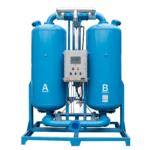
2. Resists chemical corrosion and extends service life
3. Special sealing technology prevents flammable gases or dust from entering theinterior of the machine
4. Regeneration gas consumption can be adjusted, with energy saving and dewpoint adjustment function
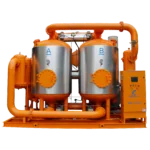
2, Customized high-performance adsorbent, 20% filling margin;
3. Branded high-pressure blower, high-performance pneumatic valve, high-efficiency cooler designed by HTFS software, reliable performance and long life;
4. 304 stainless steel control gas pipeline, specially designed diverter, highadsorbent utilization rate and low gas pressure loss;
